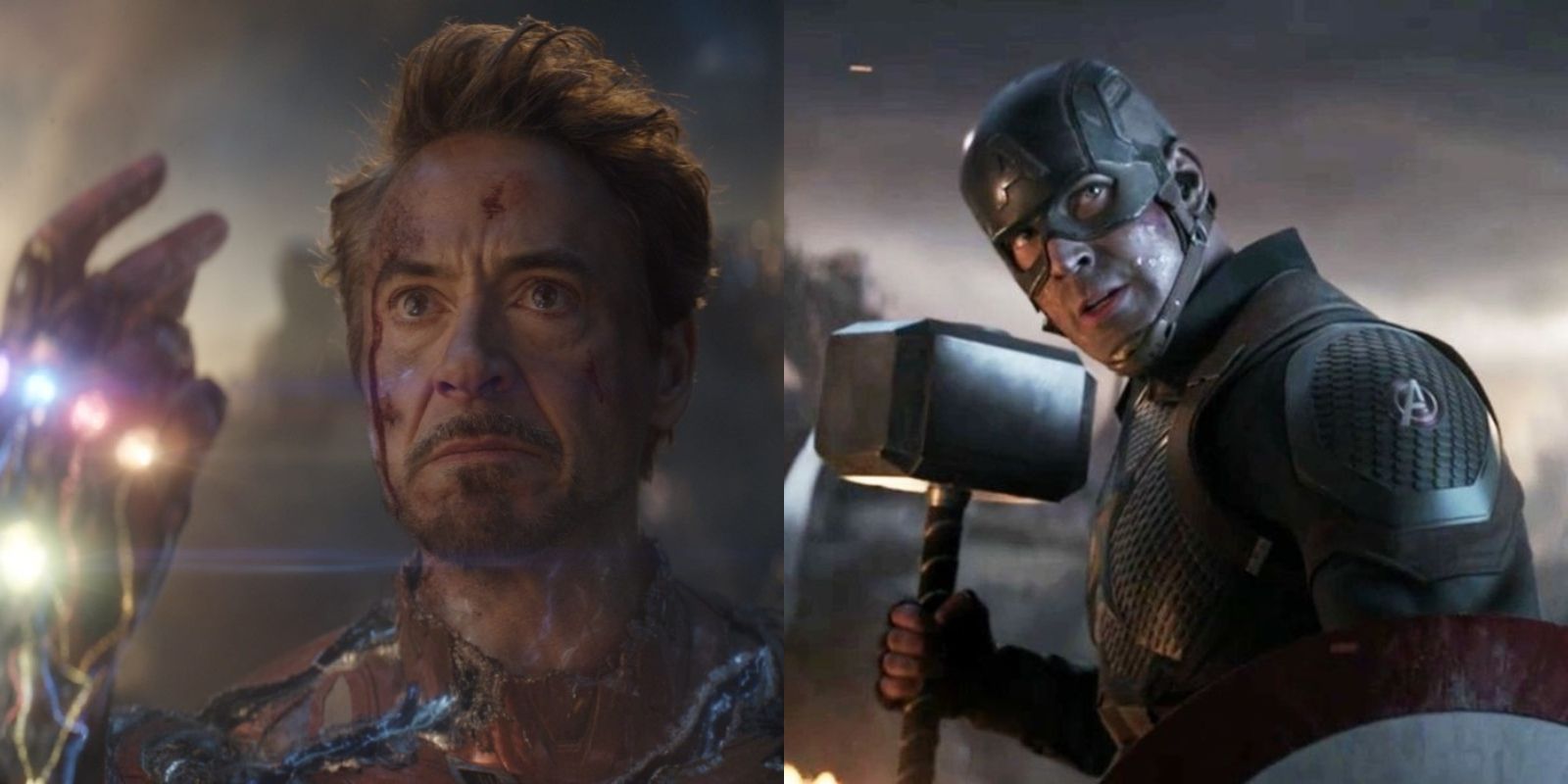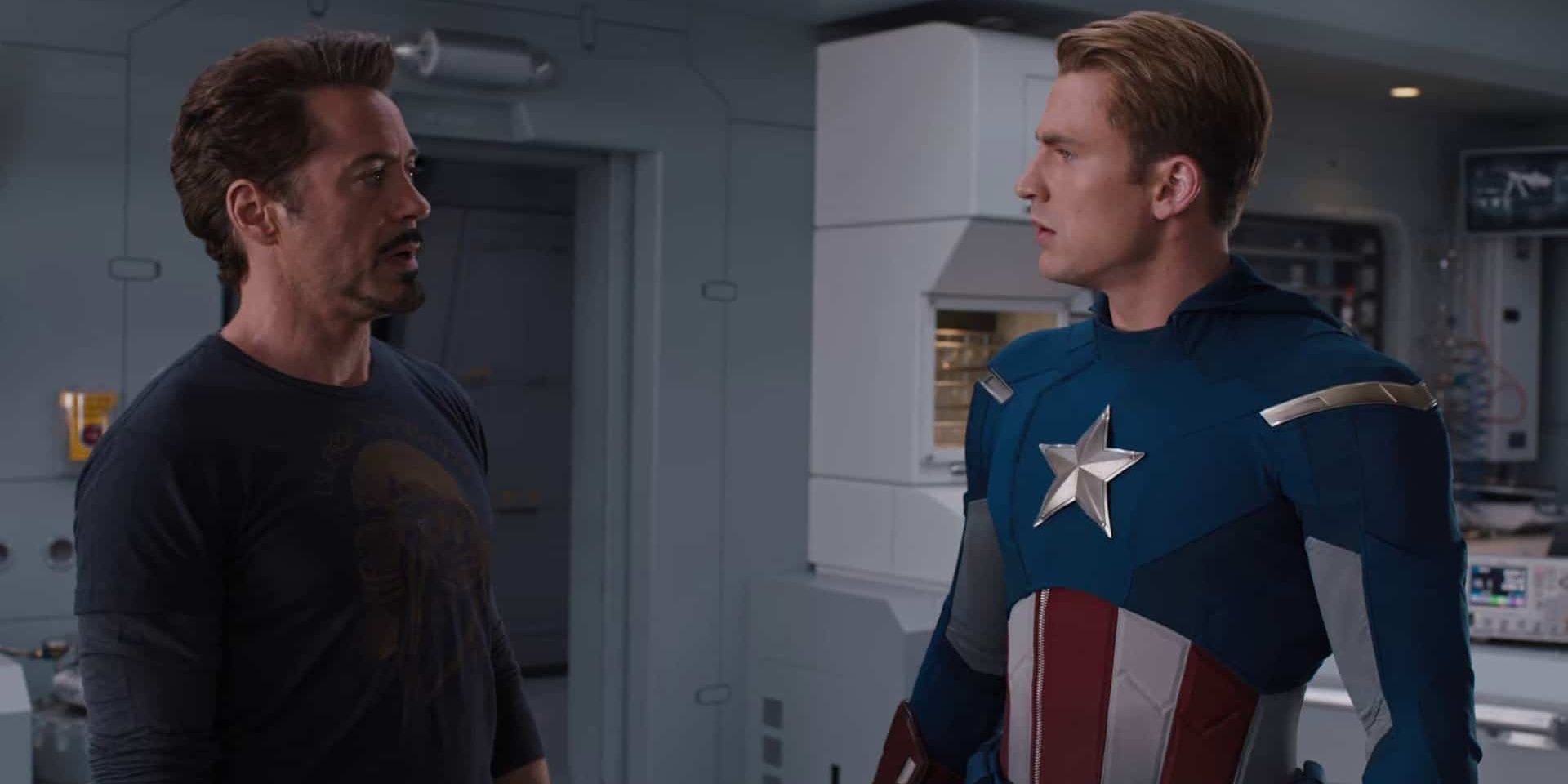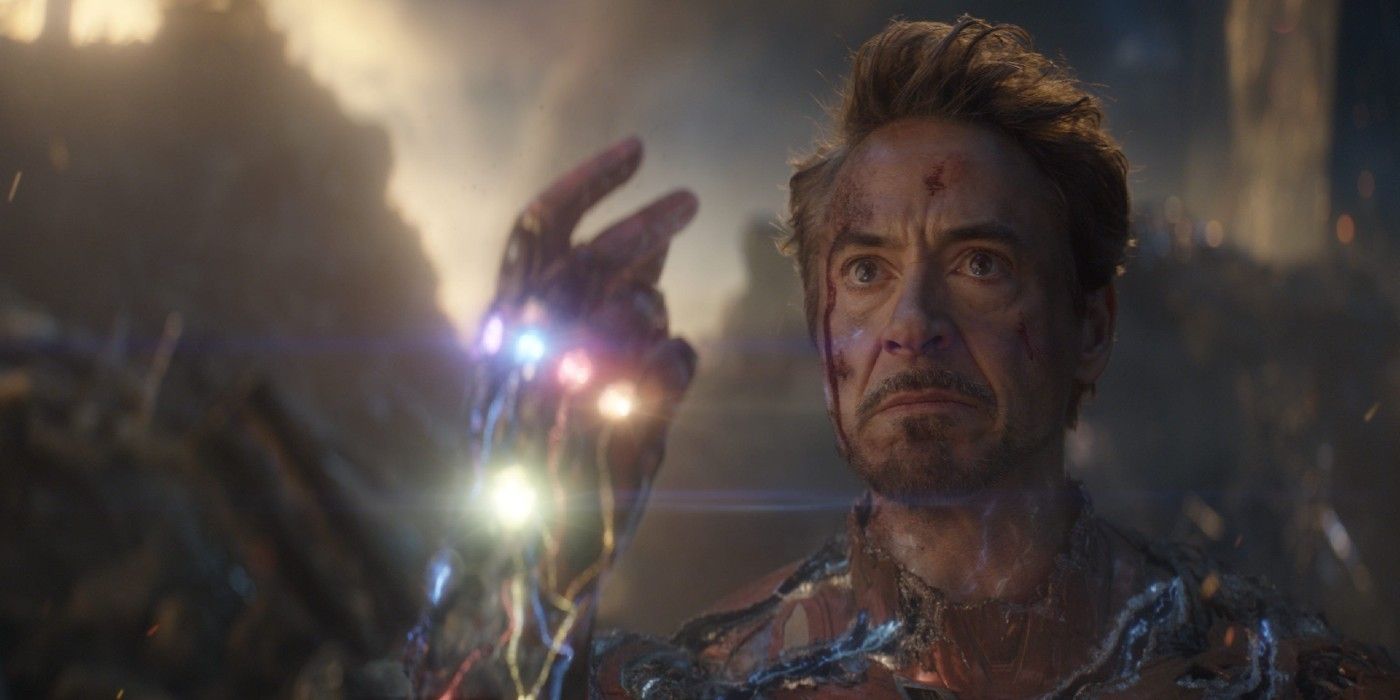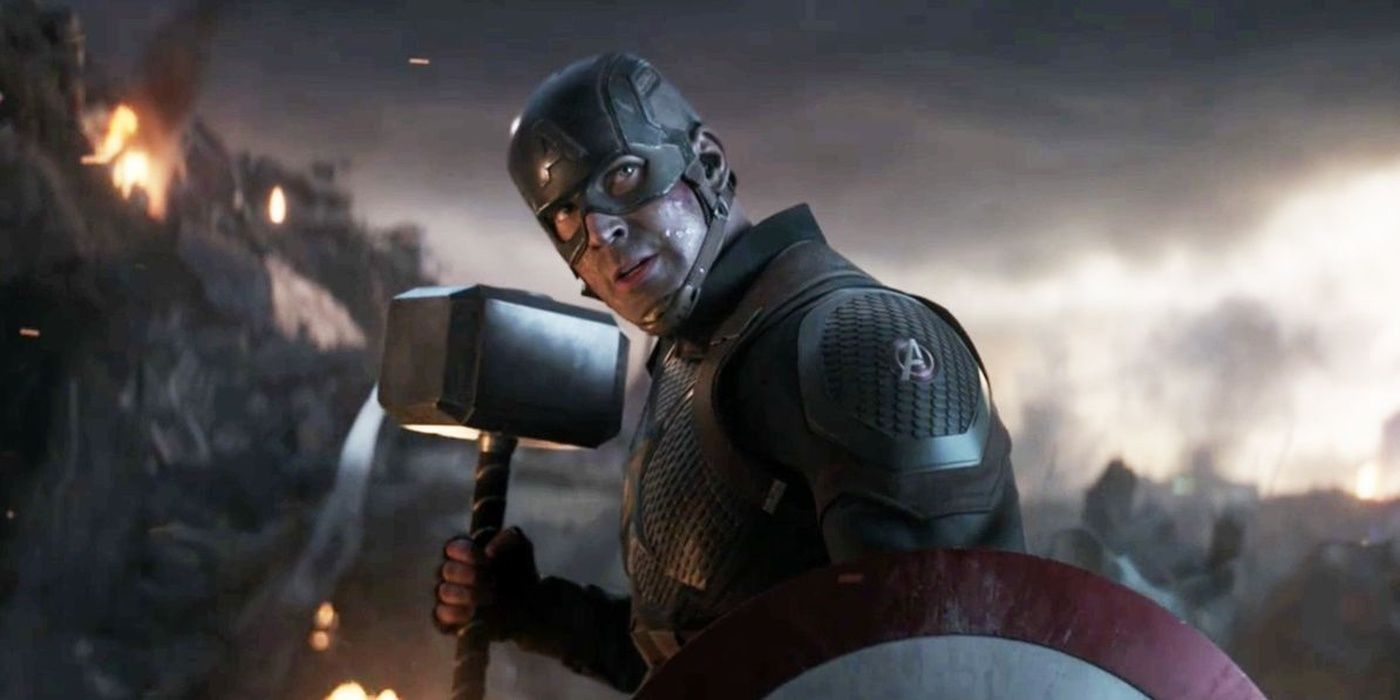Avengers: Endgame was the top-grossing movie of 2019. Packed with everyone's favorite Marvel heroes, Endgame was a certified success. While Endgame dominated the box office, some left the theater with a bitter taste in their mouths after the fates of a few key heroes were revealed.
The Avengers gave everyone a first look at the budding team dynamic between the founding six Avengers. Hawkeye, Black Widow, The Hulk, Thor, Iron Man, and Captain America fought side by side to defeat Loki and the Chitauri. As expected, it was far from smooth sailing. While 2012 wove the founding six Avengers together, the following films would attempt to break them apart. By Endgame's conclusion, only half of those founding members remain.
Of the various pairings amongst the Avengers themselves, Tony and Steve have the most complex relationship. Tony and Steve notably came to explosive blows in Captain America: Civil War. Strong foreshadowing proves that Tony and Steve's boiling tension began long before Civil War. One instance is in The Avengers. Steve and Tony get into a heated squabble in Banner's lab that is witnessed by all the Avengers (with the exception of a mind-controlled Hawkeye).
Any attempts to break apart their disagreement is unsuccessful. The only thing that manages to break them apart is the sound of Loki's impending attack. Steve and Tony's argument is first and foremost valued for its early foreshadowing of the events that come in Civil War. While that is true, it's worth noting that the remarks Tony and Steve make about one another set up their fates in Avengers: Endgame.
In The Avengers, Tony and Steve practically predict the other's fate. While expressing their clear distaste for one other, Steve tells Tony, "the only thing you really fight for is yourself. You're not the guy to make the sacrifice play, to lay down on a wire and let the other guy crawl all over you." As harsh as it sounds, Steve's observation isn't entirely a lie. When Tony Stark was first introduced in 2008, he wasn't the type of guy to make the sacrifice play. However, Tony makes a great deal of change over the years.
After Steve says this, Tony does make a sacrifice in the Battle of New York. Against Fury's wishes, the World Security Council sends a missile toward the city in an attempt to end the battle. Fury then has Tony intercept the missile and he physically guides it through the portal. By doing so, Tony runs out of air and falls through the portal. This is Tony's earliest instance of proving Steve's statement wrong but isn't the only instance.
Avengers: Endgame has Tony make the ultimate sacrifice play. To avoid losing to Thanos a second time and the family he has gained, Tony sneakily gathers the infinity stones. It results in Tony snapping his own fingers to rid the world of Thanos and his troops once and for all. As it is harped throughout the infinity saga, the power of one infinity stone, let alone all six, is lethal for a human to wield.
Once Tony snaps his fingers, everyone on the battlefield is aware of the sacrifice Tony has made. Essentially, Tony loses his life making the sacrifice play Steve insisted Tony would never be willing to make. The so-called "other guy" Steve refers to is the rest of the Avengers and the world that Tony has saved by not allowing Thanos to get ahold of the stones once again.
In Steve's case, Tony makes a similar call in The Avengers. In response to Steve's comment, Tony says, "You're a lab rat, Rogers. Everything special about you came out of a bottle." Unlike the comment Steve made about Tony, there are reasonable grounds to discredit Tony's comment about Steve almost immediately. In Steve's first film in the MCU, it's clear that Steve was a man of moral standing far before he became Captain America. Even though Steve is a charitable man, it doesn't mean that there isn't room for him to improve. Like Tony, Steve continues to develop over the films that follow, and in doing so, he proves Tony wrong.
Age of Ultron is the earliest evidence of this for Steve. When various members of the team try to lift Mjolnir, Steve is the only one who seems to make Thor's right-hand react. Thor appears to take notice of this and his face noticeably changes. In the Avengers sequel, Steve stops trying after Mjolnir begins to move. His nonchalant reaction almost makes it seem as if everyone imagined seeing it move and because of that, nothing comes from his ability to wield Mjolnir for quite some time.
Endgame changes this dramatically. In one of the MCU's most memorable scenes, Mjolnir finds a home in the hand of Steve Rogers. It reminds everyone of the Age of Ultron scene and proves that Steve was capable of wielding it back then. Steve's ability to hold out his hand and have Mjolnir return to him confirms that Steve is worthy enough to wield it. Being deemed worthy by Mjolnir proves that Steve's moral compass and integrity are not something that was cooked up in a lab. In other words, Steve is not just a lab experiment.
Steve and Tony had their fair share of fights during their time in the MCU. It's fitting that their first movie together predicted the fates of their characters that coincidentally occur in the same film. As sad (and disappointing) as it might be to see them go, to end their journeys in the same film is incredibly poetic.




